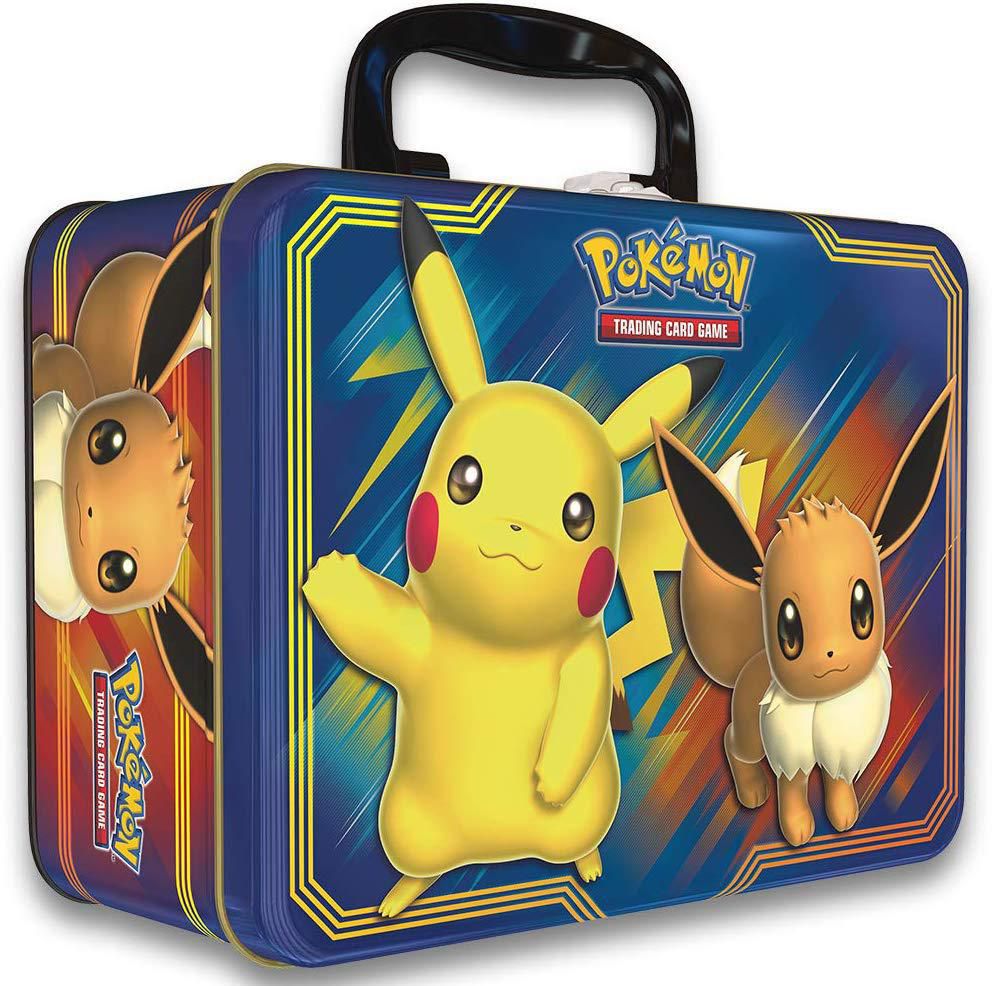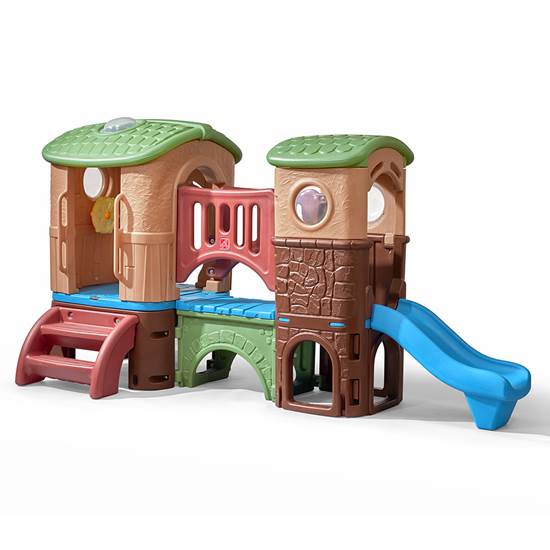Best Choice Products 105-Piece Kids Magnetic Building Tiles Set, Racetrack Construction Education STEM Toy with 2 Cars
Create a cool track with customizable road signs and 105 colorful mini tiles; build anything from bridges to tunnels for a speedway adventure. Made with magnets so little ones can build easily, while rounded edges are safe for kids of all ages.
Best Choice Products 105-Piece Kids Magnetic Building Tiles Set, Racetrack Construction Education STEM Toy with 2 Cars
- BUILD YOUR OWN RACETRACK: Create a cool track with customizable road signs and 105 colorful mini tiles; build anything from bridges to tunnels for a speedway adventure
- STURDY MAGNETIC HOLD: Made with magnets so little ones can build easily, while rounded edges are safe for kids of all ages
- LIGHT-UP CARS: Kids can enjoy taking two included LED cars on a road they built; by playing they stimulate imagination and develop fine motor skills
- LET THE CREATIVITY BEGIN: Kids can unleash their imagination as they build and even combine the tiles with our other magnetic building block sets for even more creative possibilities
- CERTIFIED & SAFE: Designed with safe magnet iron and plastic so that children can safely have fun with this magnet set for years to come
DIMENSIONS:
- Package Dimensions: 10″(L) x 9.5″(W) x 7.5″(H)
- Car Dimensions: 3.25″(L) x 1.75″(W) x 2″(H)
- Bridge Columns: 4″(L) x 1″(W) x 3.75″(H)
- Square: 3″(L) x 3″(W)
- Large Triangle: 5.5″(L) x 2.75″(W)
- Small Triangle: 2.75″(L) x 2.5″(W))
- Straight Track: 6″(L) x 3″(W)
- Curved Track: 8.25″(L) x 4″(W)
- Incline Track: 9.5″(L) x 3″(W)
- Weight: 3.5 lbs.
SPECIFICATIONS:
- Material: PP Plastic, Magnetic Iron
- Recommended for ages: 3+ years
- Includes(20) Squares, (12) Rectangles, (12) Sectorials, (8) Waved pieces, (8) Isosceles triangles, (10) Regular triangles, (3) Triangle street signs, (6) Round street signs, (3) Square street signs, (2) Cars, (21) Bridge pieces
- Assembly required (with instructions)
- ASTM-certified
- BCP SKU: SKY5611
- BUILD YOUR OWN RACE TRACK: 105 pieces let kids customize their own track; place street signs in different stops and corners, and keep fun alive by switching up shape and sticker placement to create different pathways every time
- LEARNING BY PLAYING: The perfect STEM toy for developing problem solving ability, hand-eye coordination, motor skills, and creative thinking in children, as they’ll love figuring out which pieces to connect to complete their masterpiece
- FUN MAGNETIC ENGINEERING: Channel your artistic side by connecting track pieces at their magnetic edges to engineer your architectural structure, and add more pieces for a larger design
- 2 LIGHT-UP RACE CARS: Perfect for racing with a friend, with 2 light-up cars that turn on by simply flipping a switch; designed with small rods underneath that keep them properly aligned on the track
- SAFE DESIGN: Manufactured with non-toxic plastic to contribute to a safer play experience; add on for an even bigger set with our SKY2845 (100pc) or SKY5217 (250pc); BOX DIMENSIONS: 10″(L) x 9.5″(W) x 7.5″(H); Recommended for ages: 3+ years
Additional information
| Age Range | All Ages |
|---|---|
| Assembled Product Weight | 3.53 lb |
| Assembled Product Dimensions (L x W x H) | 10.00 x 9.50 x 7.50 Inches |






by Stephanie
Great product! My 5 & 6 year old grandchildren love this set! The cars really work well and power up inclines without an issue!
by Polly
I bought this to have at my house for my grandchildren to play with. It is easy enough for the 2 year old to use, with some guidance, and the 4 and 7 year olds had a great time creating roads and structures. Great purchase!
by Gina
Very pleased! I bought it for my 4 year old grandson and 2 year old granddaughter and they love it!
by Yunhui
My son is 4 and he LOVES to play with this constantly. Awesome product!
by Sheryl
The kids love to play with the tiles !, but the race track only has one working car, the blue car came broken! ☹️, so sharing one car is not as much fun! But They love building towers & such with the tiles.
by Cheryl
Fantastic fun for everyone! Lights, sounds and racing cars drive over and under the tracks bringing excitement and joy to both adults and children! Easy to assemble and store and then reassemble. Simply wonderful!
by Maggie
We love this! Both our cars have had the little piece that keeps them on the track snap off though (2 rough boys!) and I am trying to find a replacement set to purchase. Would be great to have that option!
by Asante
It’s very fun to play with.I ordered another one so we can create lots of bridges and lanes.my kids love it so as I.